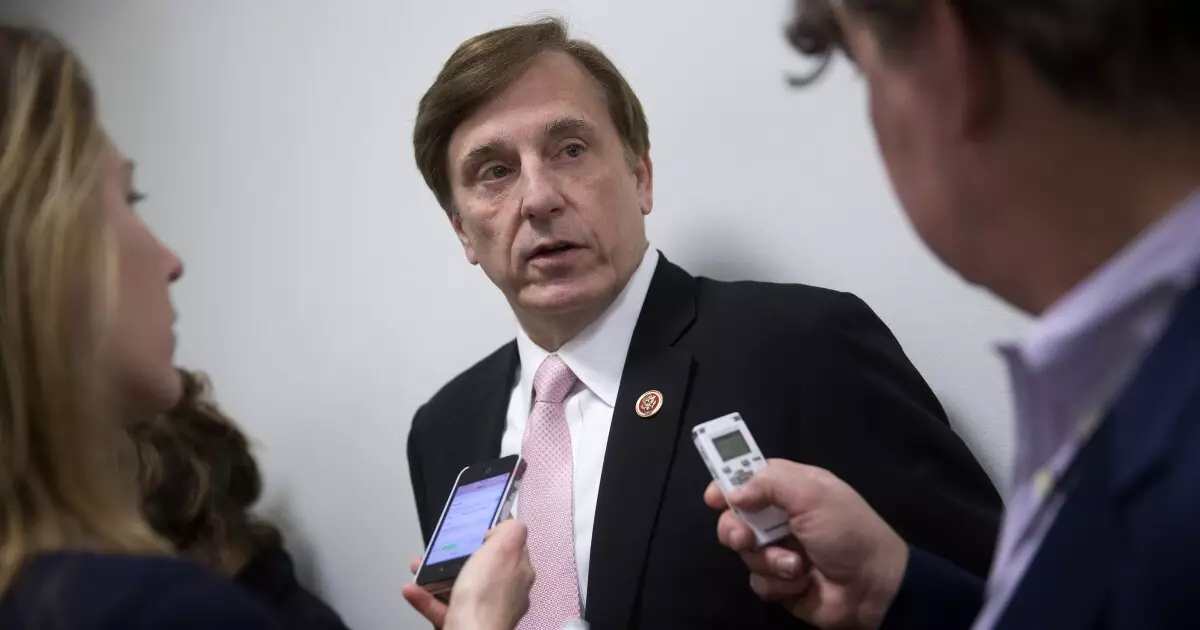The recent approval of a staggering $1.03 billion health care bond by the Louisiana State Bond Commission marks a turning point for the state’s medical landscape. This bold move is the result of the Louisiana Public Facilities Authority stepping in on behalf of the Ochsner Clinic Foundation Project, illustrating a significant shift in how we finance healthcare initiatives. As healthcare demands escalate and infrastructures crumble, Louisiana is taking necessary steps to enhance its medical facilities, but one must pause and scrutinize whether this approach truly serves the public or simply perpetuates systemic issues.
A Question of Necessity and Efficiency
The lion’s share of the $1.03 billion will be directed towards new projects and improvements across multiple Ochsner Medical Centers, which raises an essential concern: Is this kind of investment genuinely responding to the needs of Louisiana residents, or are we throwing money at a problem without addressing underlying inefficiencies? While new construction and upgrades may be tempting solutions to perceived issues, one must consider whether these measures will create a long-term impact or simply add to an already bloated healthcare expenditure.
It’s laudable that $684 million will go towards acquiring and upgrading facilities, yet the $351 million earmarked for refunding existing bonds raises eyebrows. Are we simply shuffling debts rather than making transformative changes? State Treasurer John Fleming’s remarks about market volatility hint at a troubling reality; financial markets experienced turmoil, yet the solution was to embrace a more aggressive bond sale strategy. This feels all too familiar in a political climate where fiscal responsibility often takes a backseat to political expediency.
Risks and Rewards of Charter School Bonds
Adding to this mixture of fiscal duress are the two charter school bonds approved, totaling $259 million. As the discussion around charter schools grows increasingly contentious, the risks associated with these bonds are substantial. In this case, they will reportedly only be sold to “sophisticated investors,” raising the question of exclusivity and risk-sharing in public funding. By classifying these investments as suitable only for a knowledgeable few, we dilute public oversight in favor of quick financial returns. A more prudent examination of these investments is warranted before putting taxpayer dollars on the line.
In a political climate heavily leaning towards reforming education and health services, this decision by the Louisiana State Bond Commission could set a precedent for how we view public investment in services that should undoubtedly serve all, not just a select few engaged in the financial market. Concerns around a maximum interest rate of 7.13% raises alarms about the sustainability of these investments. Will the long-term returns justify the initial expenditure, or are we inadvertently binding futures with high-stakes bonds?
Ultimately, while the approval of a $1.03 billion bond may be viewed as a significant step towards a better healthcare system in Louisiana, one cannot help but wonder whether this approach is just another layer of bureaucracy in a convoluted system. Will we be celebrating the facilities of tomorrow, or grappling with the heavy chain of debt that comes with such significant financial undertakings? In a state known for its resilience, let us hope that this investment paves a path to genuine, effective change rather than merely polishing an aging structure.


Leave a Reply